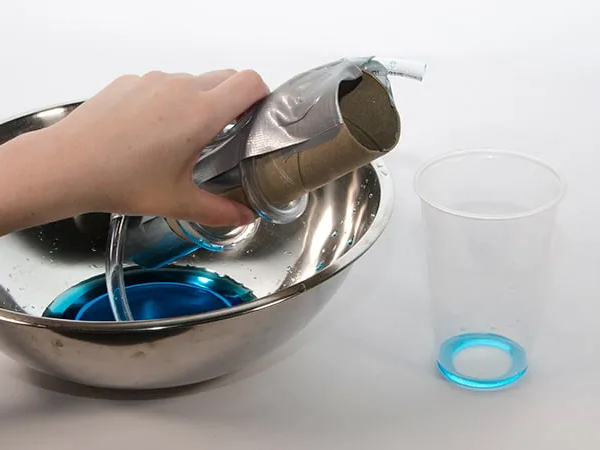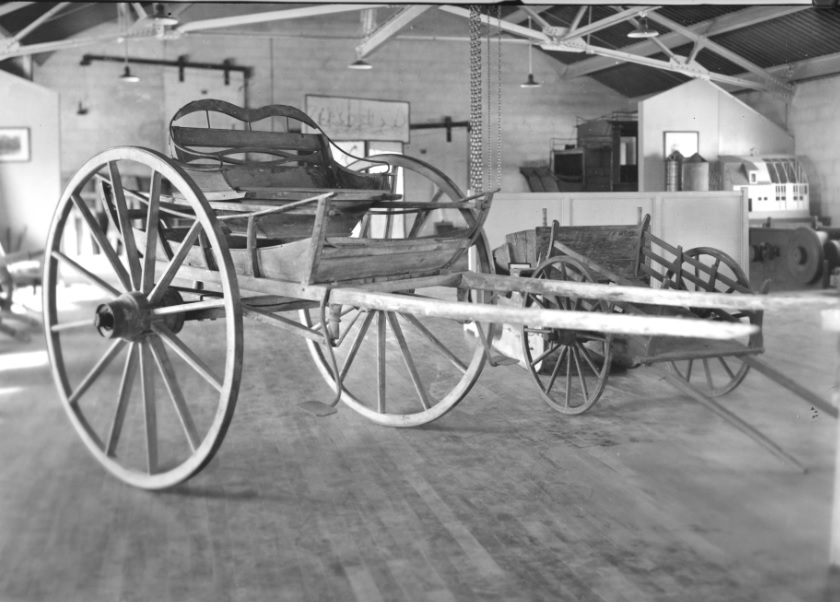Science at home
Grow your love of science!
Learning resources for all
Explore Ingenium’s programs and materials for learners of all levels. What’s making you curious today?
Science experiments and activities

Experiments and crafts
Make your own solar oven, try out a broken pencil illusion, or recreate an earthquake. You can do it all with our DIY activities!

Science explained
What is energy? How do simple machines work? How has wearable technology changed our lives? Find these answers and more!
Virtual tours, talks and exhibitions

Virtual tours
Take a peek behind-the-scenes through a virtual tour Ingenium’s artifact collection! Or, tour a working dairy farm at our museum.

Videos and podcasts
Hear from experts in science, aviation and agriculture in these podcasts and videos.

Virtual exhibitions
Keep your learning going by exploring our fascinating online exhibitions.
More ways to explore
From The Channel
Learn about the past, present, and future of science in Canada by diving into these stories of innovation.
 Blog
BlogAgriculture museums on the Central Experimental Farm
The Canada Agriculture and Food Museum officially opened on October 12, 1983, 40 years ago this month. The federal agriculture minister at the time, Eugene Whelan, was on hand to help launch it.
 Blog
BlogUncovering the secrets of the world’s first synthesizer
Seventy-five years ago, Canadian physicist Hugh Le Caine began work on a strange, new musical instrument with an equally strange name: the Electronic Sackbut.
 Blog
BlogThe Avro Lancaster: Beyond the Second World War
The Avro Lancaster was a large British bomber airplane, manufactured by A.V. Roe and Company (Avro), that entered the Second World War in April 1942 and was best known for nighttime bombings of German cities.


